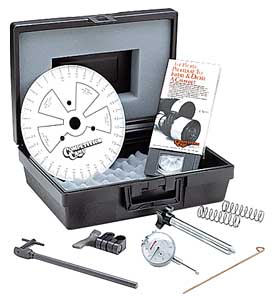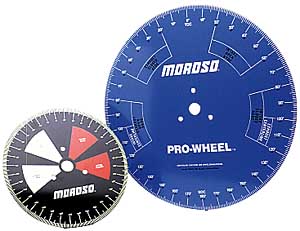Advancing valve events in relation to the crank will typically increase the cylinder compression at lower RPM by "sealing" the chamber sooner. This will enhance power (torque) at lower RPM. Retarding the valve events will typically cause higher cylinder compression at higher RPM since the exhaust valve is held open longer to scavenge the cylinder better and promote cylinder fuel/air charging. This results in more power (torque) at higher RPM, which generally enhances the peak HP output.
Oddly, Chevrolet originally had a different scheme when the SBC was first designed. The cam lobe center timing was slightly more advanced. In 1968, Chevrolet changed the base valve event timing by -4° in all V-8 engines. That means a 1967 327 with a given cam profile had the cam advanced 4° compared to the 1968 and later 327, 350, or whatever with that same cam profile. There is speculation that this was done to improve emissions and that later cars were generally lighter (fleet averages) and could survive with just a little less "grunt" (torque) at the lower RPM ranges.








